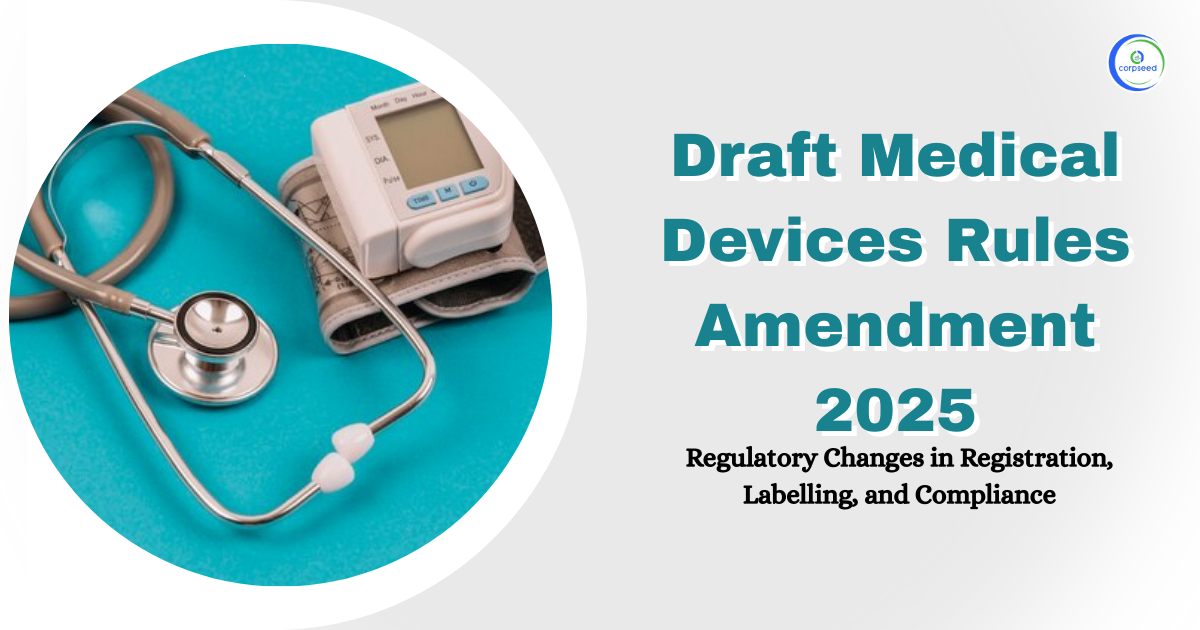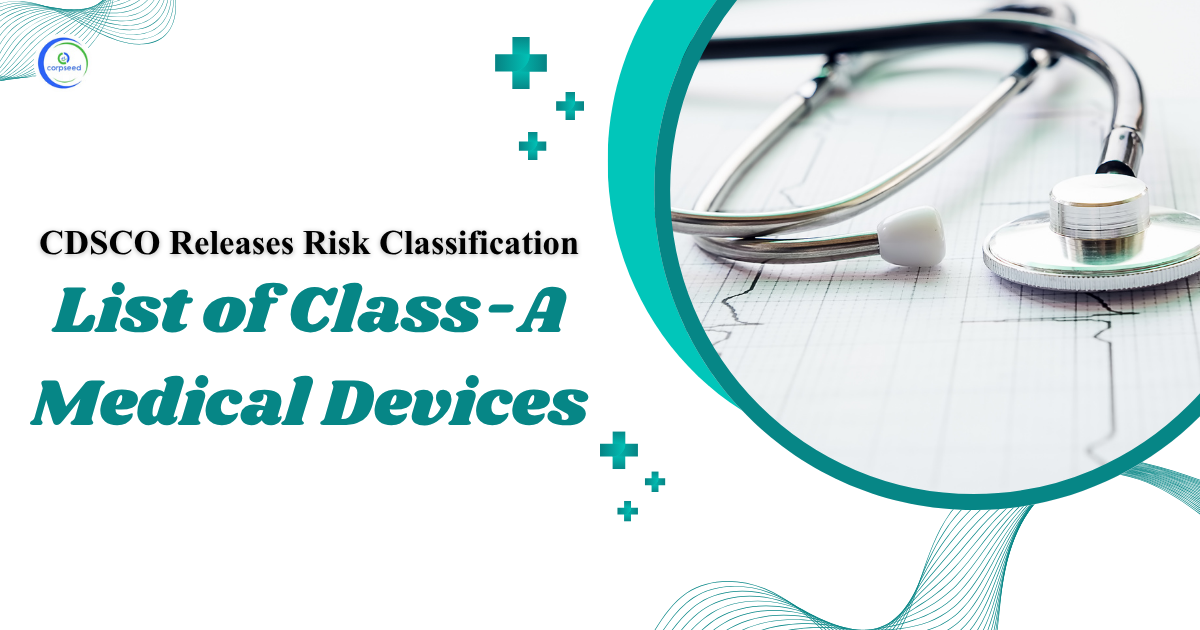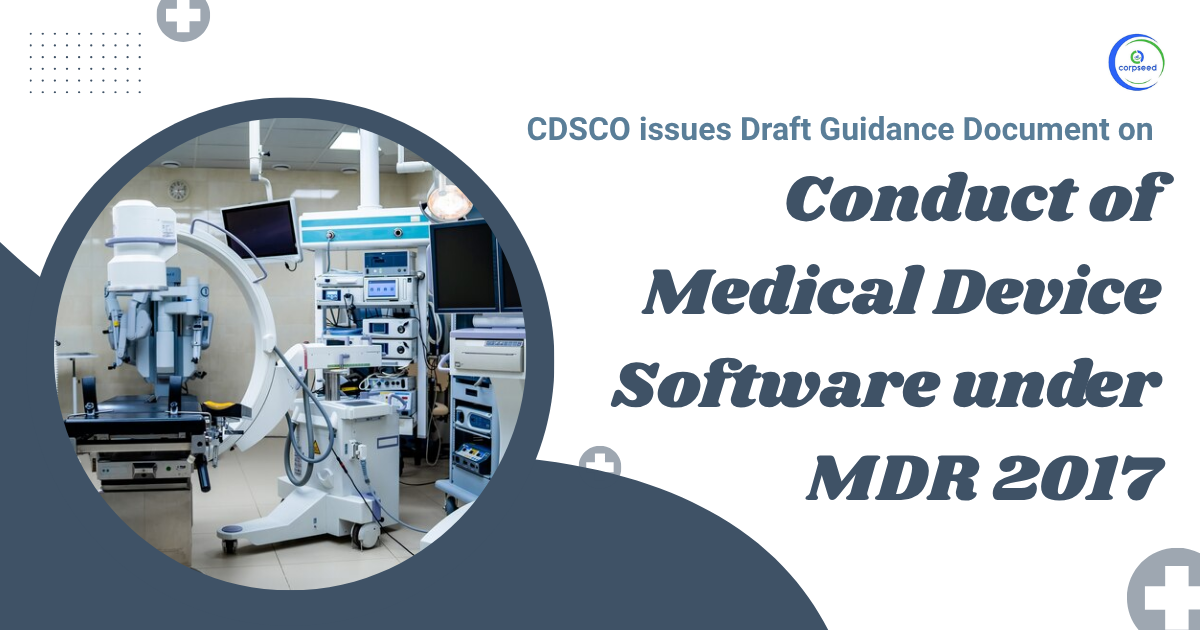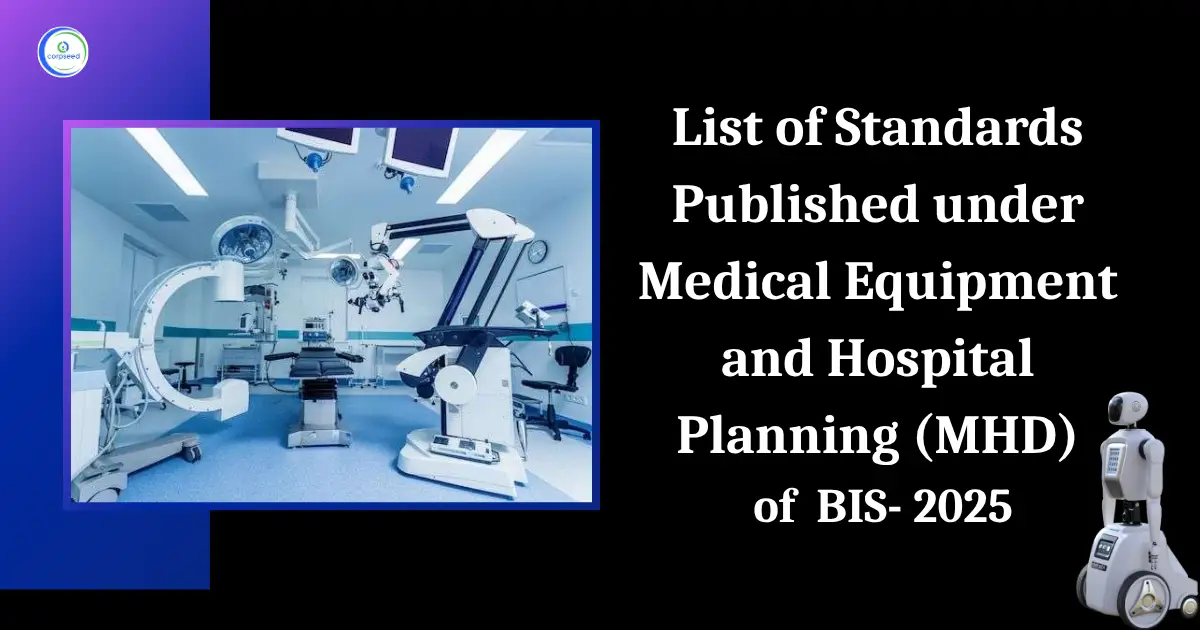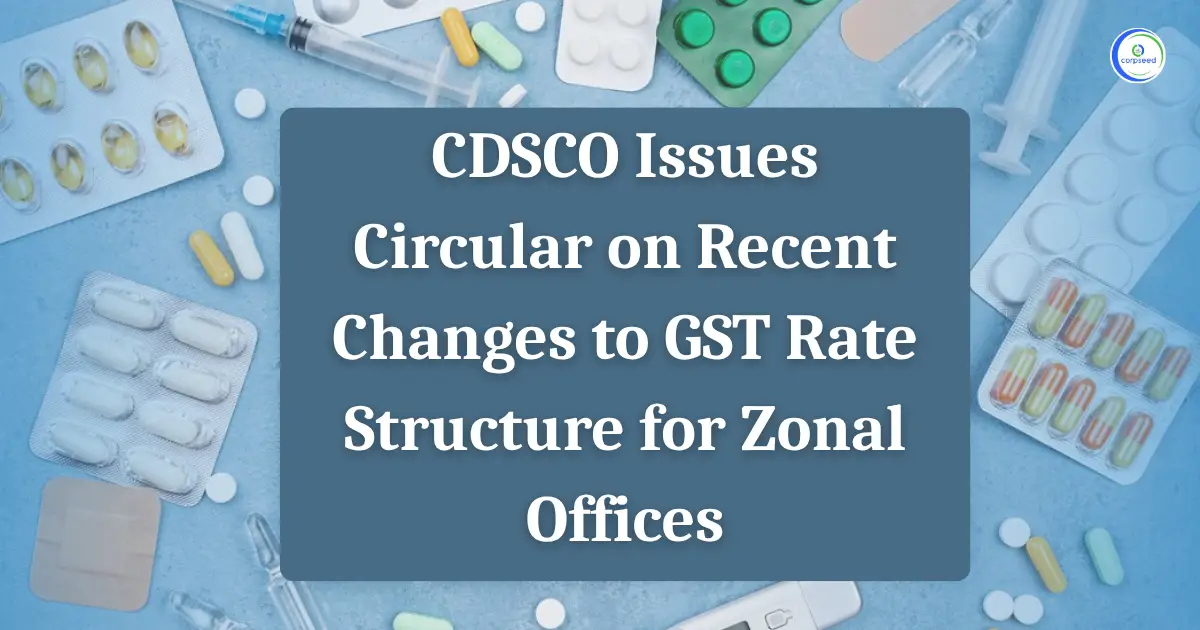Introduction: Import Medical Devices in India
India is one of the developing countries that is expected to reach the highest level of development in the world in a short time span and the ability of Indians to provide drugs and medical equipment has been gaining popularity around the world, for decades. India is one of the world's largest suppliers of drugs and medical devices. India has made progress over the past decades in the field of medicine which is considered remarkable. India has started producing new medicines and drugs and medical devices for decades and India's progress in this field has surprised the world. India has come a long way and is directly aligned with developed countries and is now in the category of countries like America, Russia, and the UK. Given the progress, India is now becoming an area where countries have expertise in the field of medicine and these countries are now willing to invest in India and use Indian services.
--------------Blog Contact Form-------------
This may sound exciting and a blessing but it can also be dangerous in India if the import or production of any medicine or equipment is left unchecked. To address the shortcomings, the Government of India established the Central Drugs Standard Control Organization, a national regulatory body headed by the Directorate General of Health Services, under the auspices of the Department of Health and Family Welfare. CDSCO is to India what Food and Drug Administration is to the United States, the Medicines and Healthcare Products Regulatory Agency in the United Kingdom, the European Medicines Agency to the European Union, and the PMDA to Japan. Nowadays, everything is changing including diseases, and fighting against any new or any existing disease, it is very important to make new medicines and before producing and distributing any such drugs, it is important to make sure it will not hurt in any way. This is where CDSCO comes in, focused on the betterment of people. CDSCO also steps in when it is a matter of import of diagnostic devices.
The Central Drugs Standard Control Organization (CDSCO) under the Directorate General of Health Services, Ministry of Health & Family Welfare, and Government of India is the National Regulatory Authority (NRA) of India having its headquarters at FDA Bhawan, Kotla Road, New Delhi and has six zonal offices, four sub-zonal, thirteen port offices and seven nationwide laboratories. The Drugs & Cosmetics Act, of 1940 and the 1945 Act entrusted various responsibilities to state and government authorities in drug and cosmetic control. It envisages the uniform implementation of the provisions of the laws and Regulations made to ensure the safety, rights, and well-being of patients through drug and cosmetic control. CDSCO continues to deliver transparency, accountability, and uniformity in its work to ensure the safety, efficiency, and quality of medical products manufactured, imported, and distributed. Under the Drugs and Cosmetics Act, CDSCO is responsible for drug adoption, clinical Trials, setting drug standards, regulating the quality of imported drugs, and co-ordinating the activities of Government Drug Administration Organizations by providing expert advice with a view to bringing uniformity to the application of the Drugs and Cosmetics Act. Additional CDSCO and state regulators, jointly oversee the licensing of specific categories of critical drugs such as blood and blood products, IV V Fluids, Vaccine, and Sera.
Central Drug Standard Control Organisation (CDSCO) is the authority that is responsible for the import of diagnostic devices. Diagnostic medical equipment is the devices that are used for observing and measuring various aspects of a patient’s health in order to form a diagnosis. Doctors can prescribe medicine and any treatment plan only after diagnosis. These devices are present in outpatient care centers for pediatrics and adults, intensive care units, and inpatient hospitals as well as in emergency rooms. It is a pivotal part of Medical science and is the base of every treatment, medical experiment, surgery, etc. In furtherance of observing their importance and efficiency, guidelines regarding diagnostic kits have been promulgated in New Devices Rules, 2017. After 1st January 2018, regulation of all diagnostic kits, whether In-vitro or In-vivo, are under New Medical Rules 2017. All diagnostic kits are required to get a license for manufacturing, sale, and use in India as per their classification, whether produced in India or in any foreign country. For the purpose of import of diagnostic devices certain license is also required by the CDSCO.
Any applicant desiring to import or manufacture In vitro diagnostic medical devices shall file an application to obtain permission for the purpose of manufacturing or importing any new in-vitro diagnostic medical device to the Central Licensing Authority along with the prescribed fee either by an agent in case of import or by the manufacturer. The applicant must be well known of the information provided in the fourth schedule and herewith. That these shall be used for the purpose of diagnosing serious diseases or diseases of special relevance to the Indian health scenario, life-threatening, extreme urgency, national emergencies, epidemic, and diagnostic medical devices used for diagnosis of conditions, for diseases of which diagnostic medical devices are unavailable in the country, the clinical data requirements may be deferred, omitted or abbreviated, as considered appropriate by the Central Licensing Authority. It is also provided that in a new In Vitro diagnostic medical device classified under Class A, clinical performance data may not be required, except in cases, where the Central Licensing Authority, for reasons of recording, deems it necessary depending on its type of medical device.
The Central Licensing Authority, after being satisfied with the information provided and the application would grant permission to import or build an In Vitro diagnostic medical device or may refuse the application, for written reasons, within ninety days or an extended period, not exceeding another 30 days, from the date of application: Provided that the Central License Authority, where the information is inadequate in the requirements referred to in the said sub-regulation, will bring the requester in writing within a specified period, for reasons of written record, conditions to be met: Provided that if the applicant did not provide the required information required by the Central Licensing Authority within 90 days from the date of the threat and that Officer is satisfied stipulates that the required information is available to be provided within the prescribed period, and may refuse the request on the grounds of recording.
- Classification of In vitro diagnostic medical devices is done on the basis of risk parameters as per Part II of the first schedule, which is as under:
- Class A – Low Risk
- Class B – Low Moderate Risk
- Class C – Moderate High Risk
- Class D – High Risk
- A List of classifications of In Vitro Diagnostic Medical Devices is published on CDSCO’s website duly approved by CLA.
- For the purpose of enforcement in matters in relation of the import of In Vitro Diagnostic Medical Devices, all classes, The Central Licensing Authority will be the competent authority.
- For the purpose of importing In Vitro Diagnostic Medical Devices, the applicant has to apply using form MD-14 and make an application at sugam online portal for a grant of import license.
- The applicant has to apply using form MD-28 at Sugam online portal for seeking permission to import or manufacture a new In Vitro diagnostic medical device.
Important things to remember as per the Drugs and Cosmetics Act for the purpose of Importing Medical Devices and Diagnostic kits.
- Compulsory addresses on registered medical device labels imported/sold in India under the Drugs and Cosmetics Act, of 1940.
- Name and address of Legal Developer,
- The actual manufacturer and importer as stated in Form 10
- A single license may be issued, in respect of the importation of more than one drug or class of drugs produced by the same manufacturer to the importer where the importer can import into any country through any notified port. By importing other products from the same manufacturer into an existing import license, the importer must apply for the approval of the existing import license and the required documents including a copy of the existing import license and the fee. The applicant is required to submit a separate fee for each category such as test strip, cassettes, middle ream, etc.
- Free Sales Certificate issued by the National Regulatory Agency for the purpose of registration / Import of diagnostic equipment / Reagents in India must contain the real name and address of the practice.
- An importer with a valid Form 10 license but with a slight change in the importer's name or importer's address may import until further licensing but at the time of importation, the product label must comply with the details as set out in Form 10 of the product.
- The applicant is required to submit a report on the performance test of the 3 kits / reagents notified at the time of application for the registration and registration certificate to be conducted at the National Institute of Biologicals, Noida. In cases where Closed System / Testing facilities are not available at NlB, Noida, CDSCO may approve the approval of other laboratories such as CMC Vellore, NIV Pune, AllMS, Nizam Institute of Medial Sciences (NIMS) or another Govt. National Reputable Institutions for testing purposes in Vitro Diagnostic Devices have been notified in the event that they occur.
- The applicant must state the intended use of the proposed product in a product list such as the product label/label, in no more than 50 words.
- For unknown diagnostic tools. It can be done by Any Govt. accredited national or other NABL, CAP, NABH Certified Laboratory / Institute accredited in India. These kits must be accompanied by clinical sensitivity, specific details, standards, etc. as announced including the IFU / COA / Product issued by the manufacturer. Below is a web link to some of the test and testing labs for these kits. - CDSCO
- The National Institute of Biological (NIB), Noida has reviewed and validated the various recommended procedures required for quality follow-up of Repeated Blood Collection and specifies the required dose for testing of these reagents.
- Usually, the Performance Test Report should state the following information: Product name, Lot / Batch number, manufacturer name, import name, import/test number of licenses, number of samples tested, testing policy (ELISA / Rapid / NAAT, etc.) reference, Process Testing, Clarity, Sensitivity, Fair value estimate, Poor amount of speculation, Report number, Analysis date, appointment and signature of analyst and authorized laboratory signature, etc.
- Ripid & ELISA Testing Term (HIV, HBsAg, HCV) diagnostic kit obtained by NIB, Noida below
- Sensitivity to Anti-HIV Rapid / ELISA (%) ≥99.5 Sensitivity (%) ≥98
- HBsAg Rapid / ELISA Sensitivity (%) ≥99 & 0.5ng / ml Sensitivity (%) ≥98
- Sensitivity to HCV Rapid / ELISA (%) ≥99.5 Sensitivity (%) ≥98
- Here are a few examples of kits that can be controlled under drug trafficking and drug and cosmetic laws
- The Kit is intended for use in determining the presence of cell protein contamination, in products made directly from the CHO line and other research and production technology only and is not intended for diagnostic use in humans or animals.
- In vitro diagnostic kits/reagents are used to determine the presence of histamine, drugs, foodborne pathogens and food products, animal feed, alcohol (wine, beer), environmental samples such as water and soil, etc.
- Empty needle-free collection tubes used for blood collection, urine, stove, sputum, semen, etc. for template collection purposes
- The importation of raw materials for diagnostic kits and reagents is used continuously in the production of completed in vitro diagnostic kits.
- In-vitro diagnostic kits/reagents/samples are for research use only, for the purpose of accreditation/certification of hospitals/labs such as the College of American Pathologists (CAP) Accreditation, etc. and External Quality Assurance (EQAS) during admission. But the unfinished sheets / diagnostic kit is complete, bulk reagents such as Calibrators, controls, and reducers are imported.
- Glucometers used to monitor blood glucose (iron) are not regulated. However, test strips and reagents are controlled.
- Such cases can be investigated and discharged at the ADC (I) / Incharge / Port officer level of the CDSCO without transferring NOC from CDSCO (HQ).
- Any In-Vitro diagnostic Kits / Reagents intended for use in clinical research or clinical use other than research (for example, in clinical trials) should not be construed as research use only (RUO).
- Only “Serodiagnostic TB diagnostic criteria” are not allowed in Import, Manufacture, Sale, Distribution and Use in the country under Section 10A and Section 26A of the Gazette notification (s) GSR432 (E) & GSR433 (E) of June 7, 2012.
This portion of the site is for informational purposes only. The content is not legal advice. The statements and opinions are the expression of author, not corpseed, and have not been evaluated by corpseed for accuracy, completeness, or changes in the law.
BOOK A FREE CONSULTATION
Get help from an experienced legal adviser. Schedule your consultation at a time that works for you and it's absolutely FREE.


